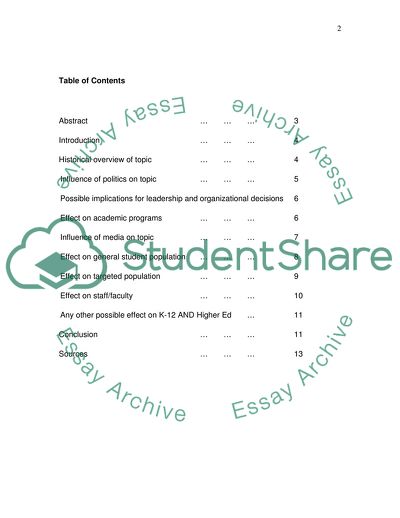Cite this document
(Critical Issue: High Stakes Testing Pros and Cons Research Paper, n.d.)
Critical Issue: High Stakes Testing Pros and Cons Research Paper. https://studentshare.org/education/1735968-critical-issuehigh-stakes-testing-pros-and-cons
Critical Issue: High Stakes Testing Pros and Cons Research Paper. https://studentshare.org/education/1735968-critical-issuehigh-stakes-testing-pros-and-cons
(Critical Issue: High Stakes Testing Pros and Cons Research Paper)
Critical Issue: High Stakes Testing Pros and Cons Research Paper. https://studentshare.org/education/1735968-critical-issuehigh-stakes-testing-pros-and-cons.
Critical Issue: High Stakes Testing Pros and Cons Research Paper. https://studentshare.org/education/1735968-critical-issuehigh-stakes-testing-pros-and-cons.
“Critical Issue: High Stakes Testing Pros and Cons Research Paper”. https://studentshare.org/education/1735968-critical-issuehigh-stakes-testing-pros-and-cons.


